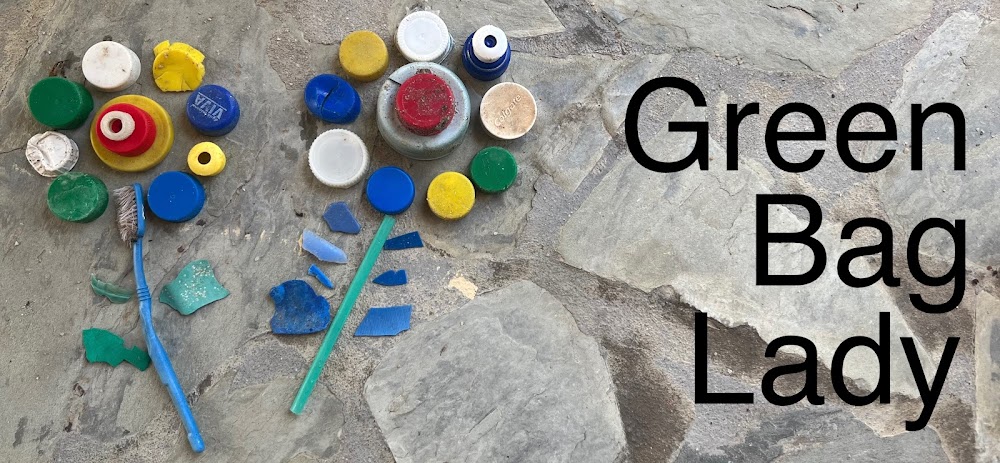Saluti da Rimini’s Malatesta Temple, emblem of the Renaissance!!!
A little history of the temple:
The Tempio Malatestiano (Malatesta Temple) in Rimini – also known as the Cathedral of Santa Colomba – was conceived and designed, by artists such as Leon Battista Alberti and Piero della Francesca, for Sigismondo Pandolfo Malatesta.
Known as the Wolf of Rimini, Malatesta was a condottiero and patron of the arts. A disobedient and feisty Lombard lord, he was excommunicated on Christmas day 1460, by the intellectual, humanist pope Pius II Piccolomini, who had his portrait burnt.
The Temple is the expression of a culture close to Neo-Platonism, and features a complex iconography inspired – among other sources – by the works of philosopher Gemistus Pletone, who was born in Constantinople, and buried on the right side of the building despite his far-from-Christian views.
Art historian Cesare Brandi wrote, “perhaps like no other monument, the Malatesta Temple has the opportunity – and almost the right – to emerge as an emblem of the Renaissance.”
“It can claim to represent that period in its history, art, and culture,” Brandi explains, because “it merges art and beauty, religion and history, authority and freedom, which all define the inner dimensions of Humanism and the Renaissance, which was pagan and Christian, tyrannical and libertarian, ascetic and profligate.”
“In such an extraordinary contrast of opposites,” Brandi concludes, “art produced the only real synthesis […] and the Temple mirrors [it] just as it bears direct or indirect testimony to how close paganism was to Christendom, love to hate, abuse to freedom”
Paola M
Rimini, ER, ITALY


No comments:
Post a Comment